Hola a tod@s, my dear friends.
I would like today to share an article published in IntraMed by Dr. Rubén Mayer (only available in Spanish) on non-verbal communication. This is our summary.
Our body speaks beyond words.
In his book “Nonverbal communication”, Sergio Rulicki defines it as a complement to the words and transmitted language through different channels: we talk also throughout the body.
Jose Sesmero said us last May in his talk “Nonverbal communication” in the XX National Conference on Humanization: what we say with our bodies is about 70% of the message.
Constantly patients test the non-verbal potential of healthcare providers with their ability to generate reactions with almost everything they share in their personal stories. This flow of emotions exerts a physiological and psychological pressure that has turned outward bodily gestures, postures and modes of speaking. Gestures we express non-stop, most of the time in unconscious way and without even to be there nor have any possibility of control or avoid them.
People, in this sense, are the set of expressions inherited plus those acquired through our particular culture (family, country, region, gender, economic and power status); what we learn in the training and our particular repertoire is added to it.
And following this, hidden messages are built to reinforce or contradict what our words want to mean. Other times – when it is better not to talk or we do not know how – they replace them.
Our non-verbal communication, through its different modalities, speaks to patients about how we are interacting with them, if we empatize with them or they produce rejection; if we pay attention or are dispersed; how we value what we see and hear and if we’re being honest or simulating.
The healthcare professional-patient relationship is face to face, direct and high emotional co. And patients seek in gestures, glances and movements what they do not understand from our verbal language.
– How to give hand to receive and to dismiss the patient: looking or not looking in the eye, with the body front or profile, intense or weak, short or long, with the arm flexed or stretched.
– How fast we are talking about, asking, reviewing, seeing studies or making recipes.
– If we make eye contact and listening to the patient or to communicate information and relevant decisions, or distance ourselves looking at the computer screen.
– How we explore them: completely and systematically review, or just hinting at hand or stethoscope through their clothes; or just we don´t do it.
– If we physically position ourselves above or at the same level.
Communication, non-verbal and verbal, is one way that health professionals follow inevitably and intuitively.
In some countries, training in healthcare professional-patient communication is mandatory. However, in our country this preparation is not built-in mass and formally in medical/nurse education and the approach will depend on individual initiative. In this sense, the virtual book of Dr. M. Carmen Vidal and Benito (only avaliable in Spanish) that Intramed published a few years ago is one of the tools.
There is a clear line of improvement in this field, isn´t there?.
Happy Wednesday,
Gabi


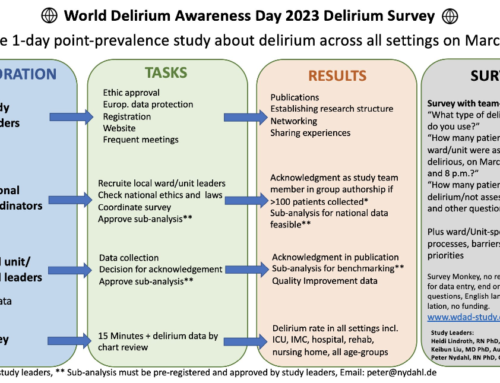
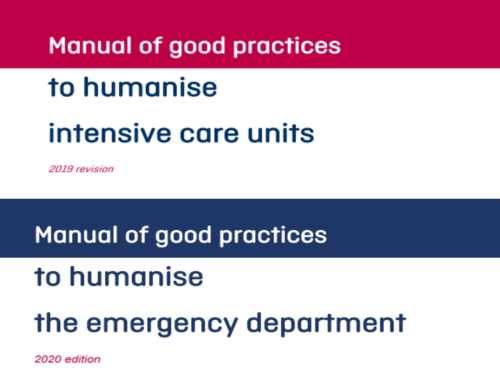
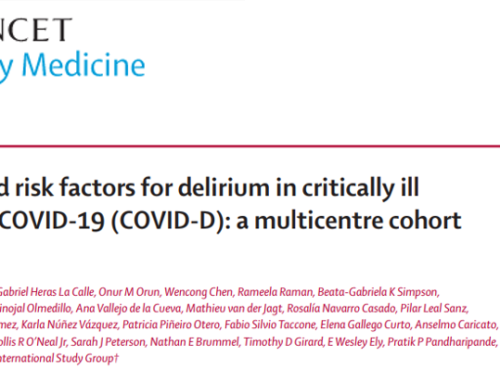
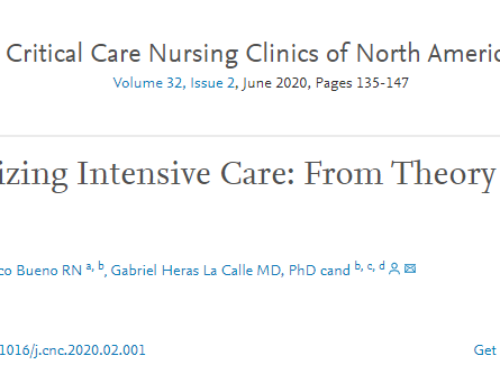

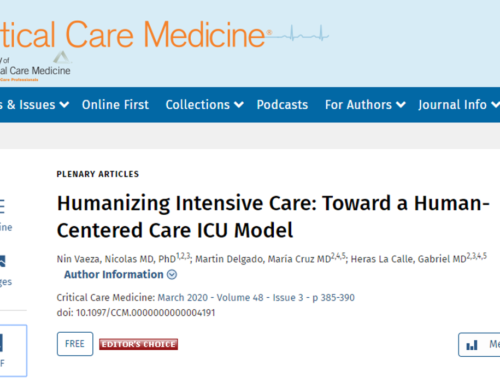
Dear Gabriel, could we post this article on Emergency-Live.com? It's really interesting and we really would like to post also a spanish version of this. Please contact us if you would like to start a collaboration with us.
Yes for sure Mario!
Yes for sure Mario!